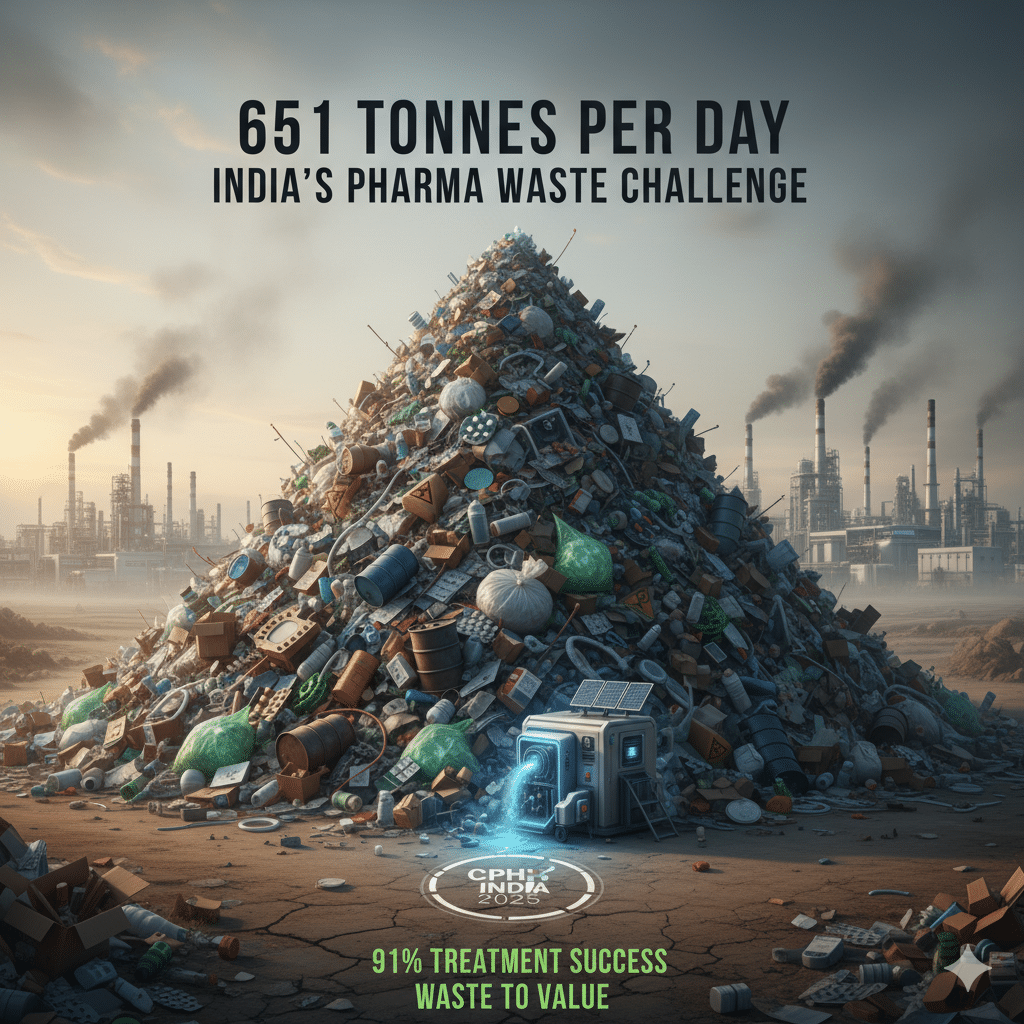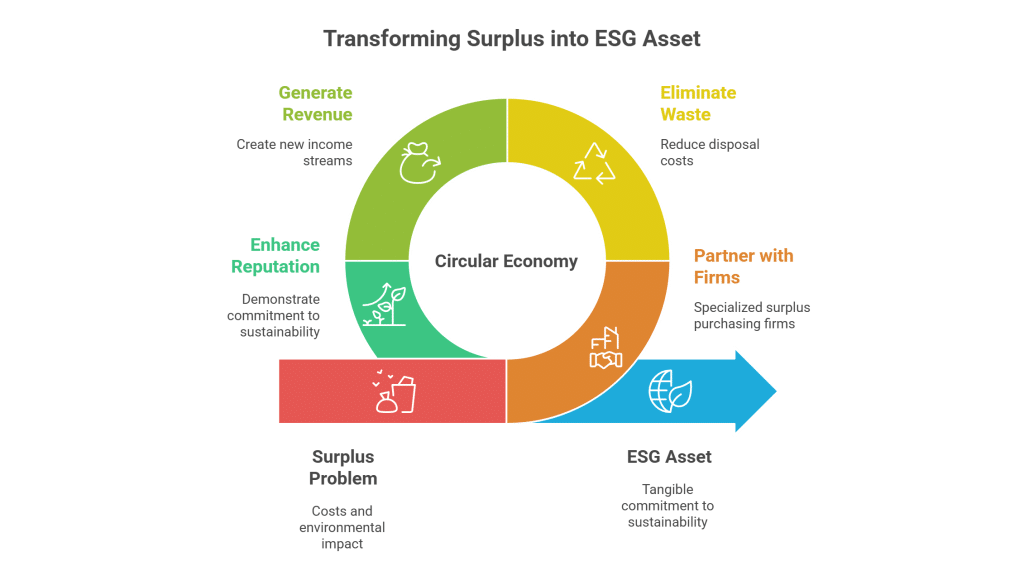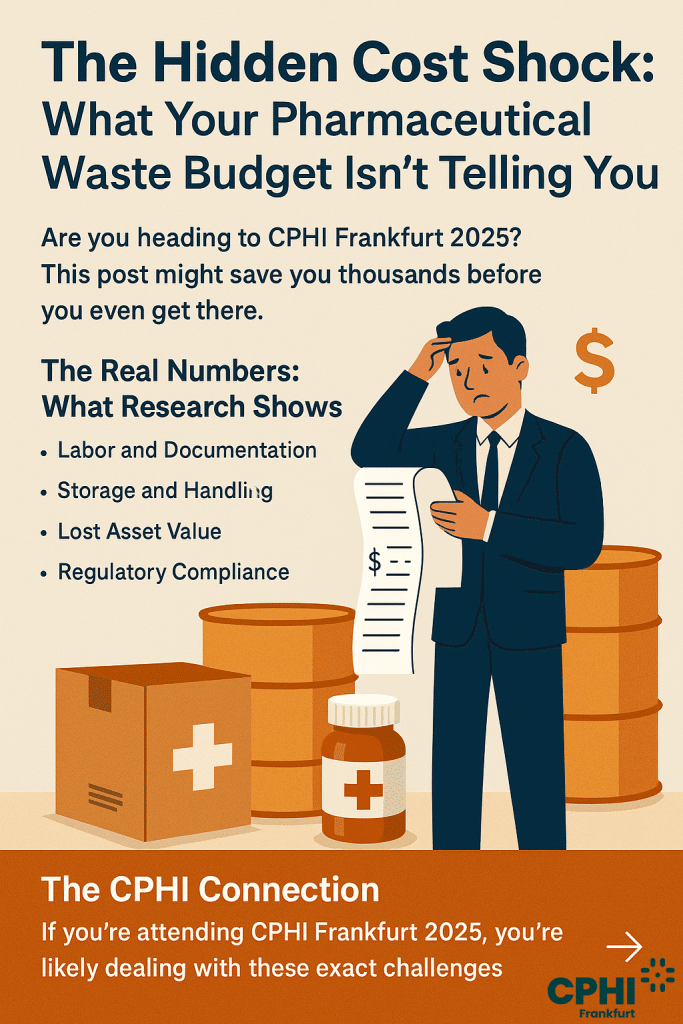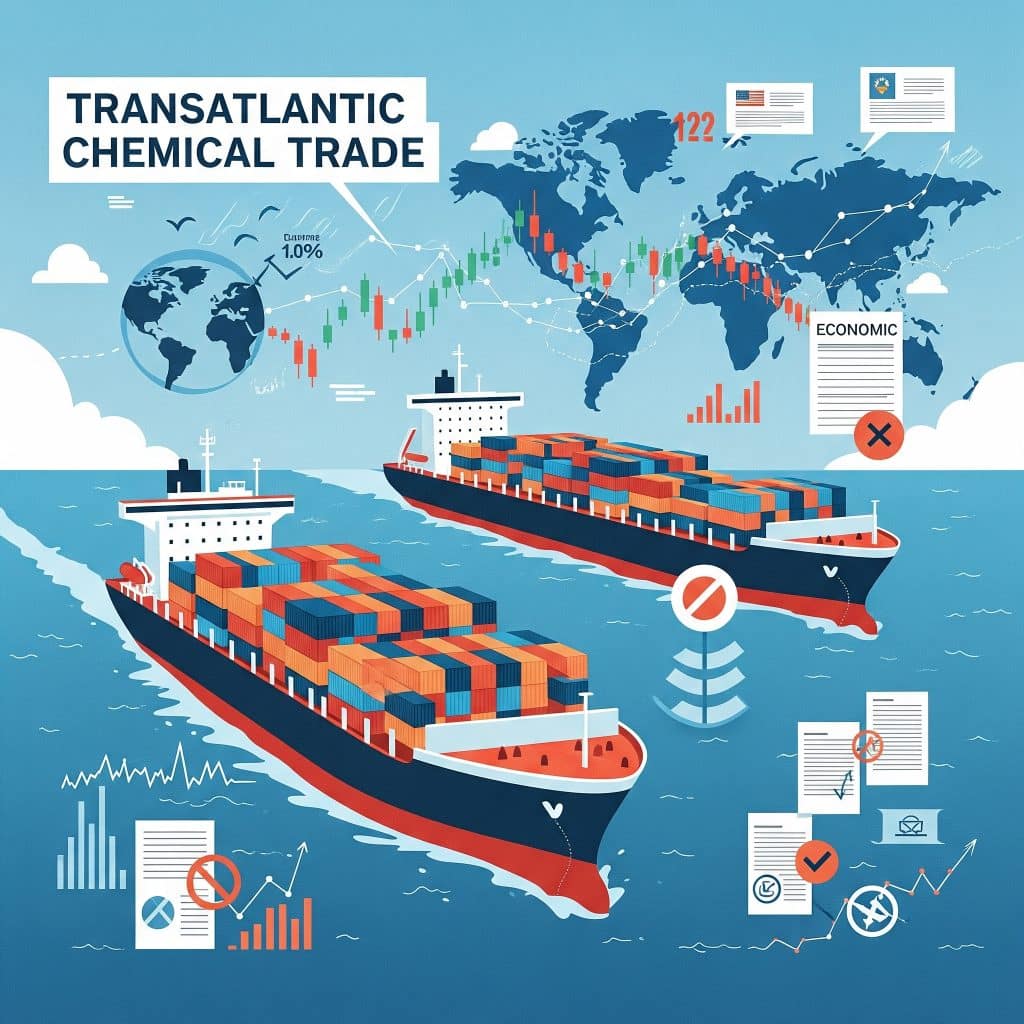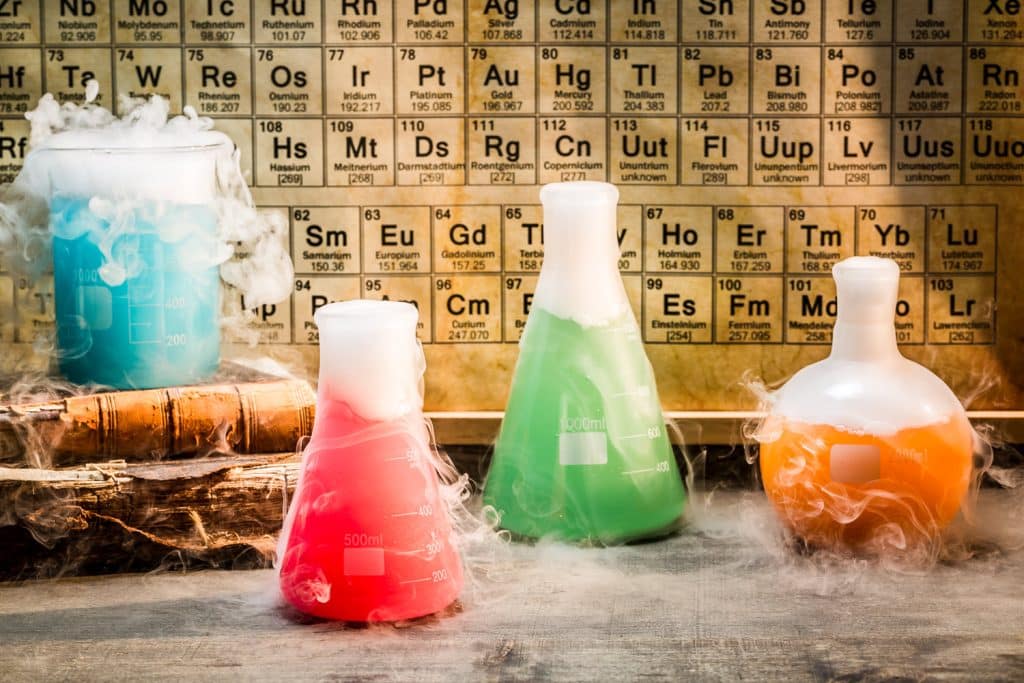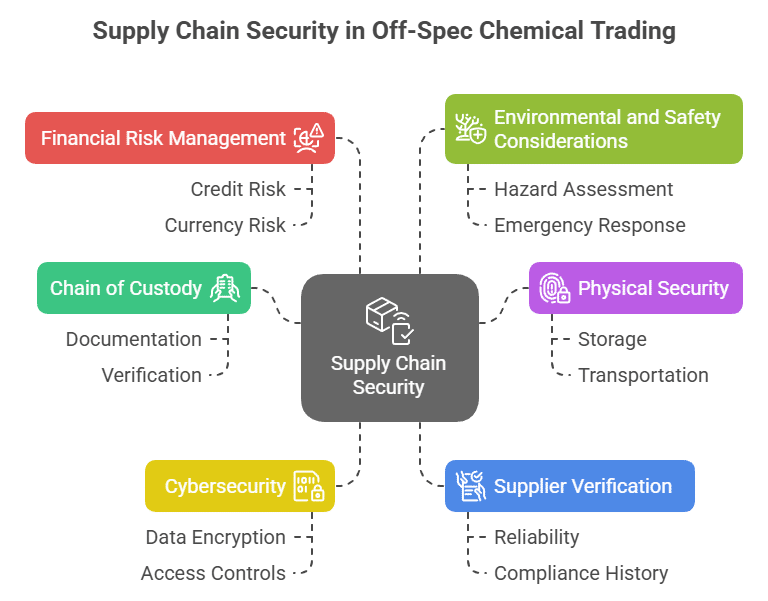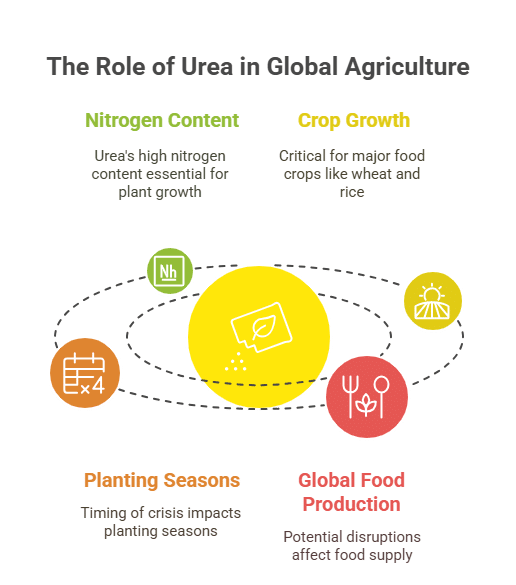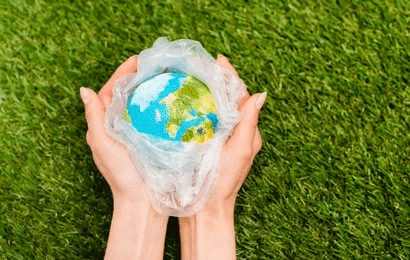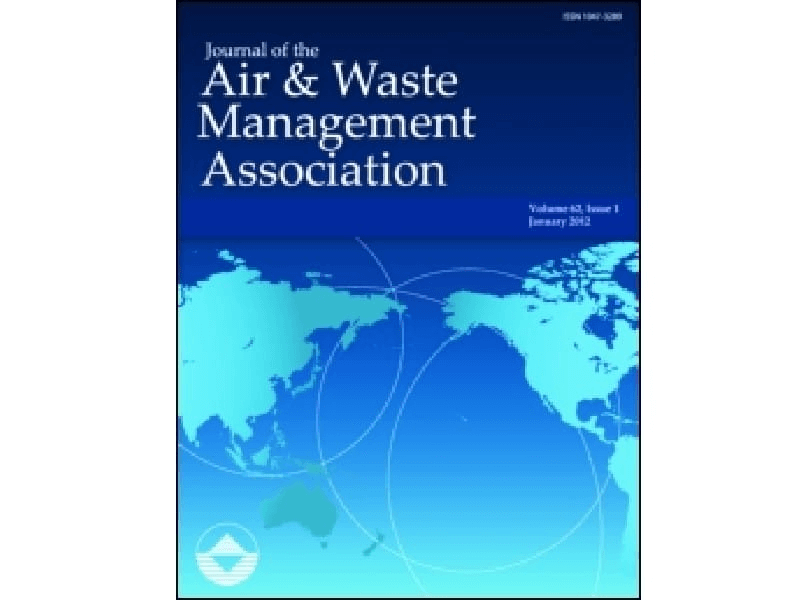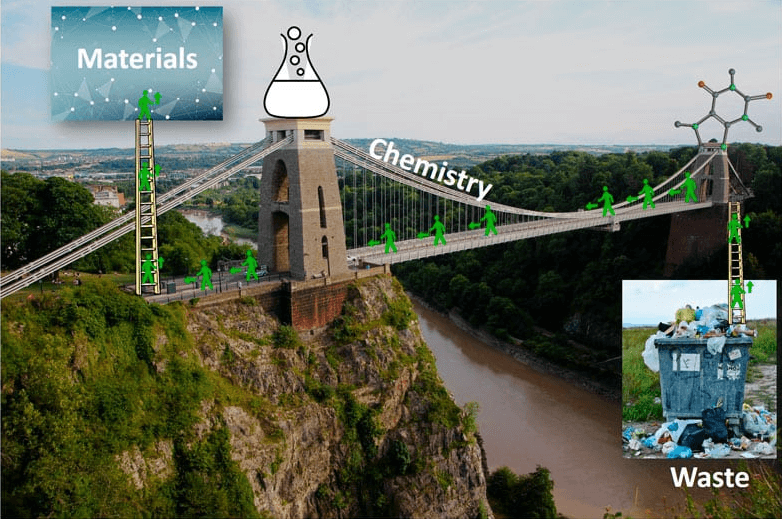Unlock the Value of Surplus Whey Protein Isolate in Food & Nutraceuticals
Whey Protein Isolate (WPI) is a refined, food-grade protein supplement produced from milk whey. Known for its high purity of ≥90% protein and minimal lactose content, WPI plays a crucial role in the food and nutraceutical sectors. Often, manufacturers face surplus inventory due to fluctuating production schedules or changing product specifications, making this surplus a hidden asset.
Buy and Sell Surplus Whey Protein Isolate in the Food & Nutraceuticals Sector
Our surplus chemical trading platform transforms excess Whey Protein Isolate into a strategic asset. By buying and selling surplus WPI, companies can recover costs while reducing storage expenses and environmental impact. This approach not only meets sustainability goals and regulatory compliance but also generates revenue from what would normally be a disposal cost. Companies convert surplus into profit, avoiding expensive disposal fees and regulatory penalties while promoting greener practices.
Whey Protein Isolate in Food & Nutraceuticals
Buyers benefit by accessing high-quality protein concentrate at competitive prices, ensuring consistent supply for product development and nutritional enhancement. This surplus resource also provides flexibility in formulation testing and scaling up production without the need for premium sourcing during peak demand periods.
Sellers can turn surplus stock into immediate revenue, reducing storage and disposal costs. By monetizing excess Whey Protein Isolate, manufacturers and distributors not only streamline inventory management but also contribute to reduced waste and adherence to environmental standards.
Table of Contents
Transforming Surplus into Profit: A Food Manufacturer's Success Story
A leading nutraceutical company faced mounting surplus of Whey Protein Isolate due to seasonal production shifts. Instead of incurring escalating disposal costs, the firm tapped into a surplus trading platform to offload excess inventory. This strategic decision not only recovered significant costs but also optimized storage space and streamlined supply chain operations. By reinvesting the revenue into product development and sustainability initiatives, the company reduced waste, met regulatory requirements, and enhanced its market position—all while maintaining high-quality production standards across its food and nutraceutical product lines.



